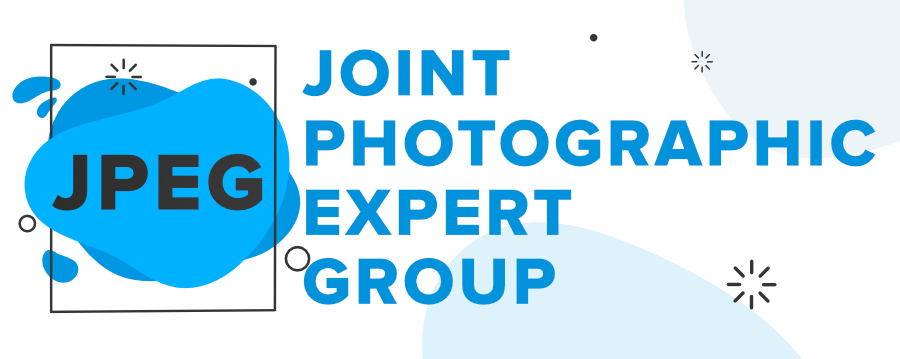
The lossless compression constraint may arise in applications where preserving exact fidelity is a technical or legal requirement (e.g., in satellite or medical image processing), or where some form of lossy compression has already occurred (e.g., the black/white thresholding done in digitizing facsimile images) and further loss may not be desirable.įigure 1 illustrates lossless compression for a black/white business letter (JBIG “Stockholm” Test Image “.s01” shown at 1/8 its actual size) when using four different international standard algorithms (MH, MR, MMR, and JBIG-defined below). “Baseline JPEG”), which usually capitalize on the a priori assumption that their decompressed images will only be presented to the human eye. Such algorithms contrast with another subset of image compression algorithms that are lossy (e.g. By strictly lossless we mean compression algorithms that yield images after decompression that are identical, down to the last bit, with the digital images that were originally compressed. They are all aimed at the subset of “still” image processing problems that require strictly lossless compression. The international standards to be compared here include the compression algorithms commonly called “Group 3” MH and MR, “Group 4” MMR, JBIG, and Lossless JPEG (to be precisely defined below). Achieving standardized compressed image interchange between competing facsimile products was a critical factor in creating an extensive international market, which in turn generated the high volumes necessary for significant decreases in facsimile hardware costs. With the increasing emphasis on “open” systems, standards come into play where image interchange is desired-not only between systems, but between the components within systems.įor example, the field of facsimile image transmission exploded after decades of prototypes and false starts, spurred by the advent of effective compression algorithms and their international standardization along with simultaneous technology cost reductions. Continuing cost improvements in computing power, storage and communications are making more and more such systems practical, with compression almost always included in order to achieve cost-effective solutions.

Image compression and ils standardization has become a topic of increasing importance as image processing systems and applications come of age. TRUONG, in Readings in Multimedia Computing and Networking, 2002 I. This part of the domain-pool is also located at the same processing element (PE) as the range. For a given range, only a part of the domain-pool “near” to the range in a geometrical sense is being investigated for good matches. In this work we systematically evaluate a combination between a simple geometrical heuristic speedup method and parallel processing. Parallel processing makes fractal coding even suitable for real time processing and for the compression of large images (e.g.


Although most methods work quite well the time demand still remains high for large images and high image quality and additionally some of these methods decrease the quality of the compressed images significantly.įor these reasons the use of general purpose high performance computers seems to be appropriate in order to accelerate fractal image compression even more. For a survey on sequential speedup techniques see. On the other hand fractal image compression offers interesting features like resolution-independent and fast decoding, and good image quality at low bit-rates.Ī lot of sequential speedup techniques have been proposed for the fractal compression technique, ranging from quadrant brightness and quadrant variance classification schemes, codebook clustering to search procedures based on geometrical heuristics. One of the main drawbacks of conventional fractal image compression is the high encoding complexity (whereas decoding complexity is much lower) compared to e.g. DCT-JPEG) and new emerging technologies (e.g. Uhl, in Advances in Parallel Computing, 1998 1 Introductionįractal image compression has generated much interest in the image compression community as competitor with well established compression techniques (e.g.


 0 kommentar(er)
0 kommentar(er)
